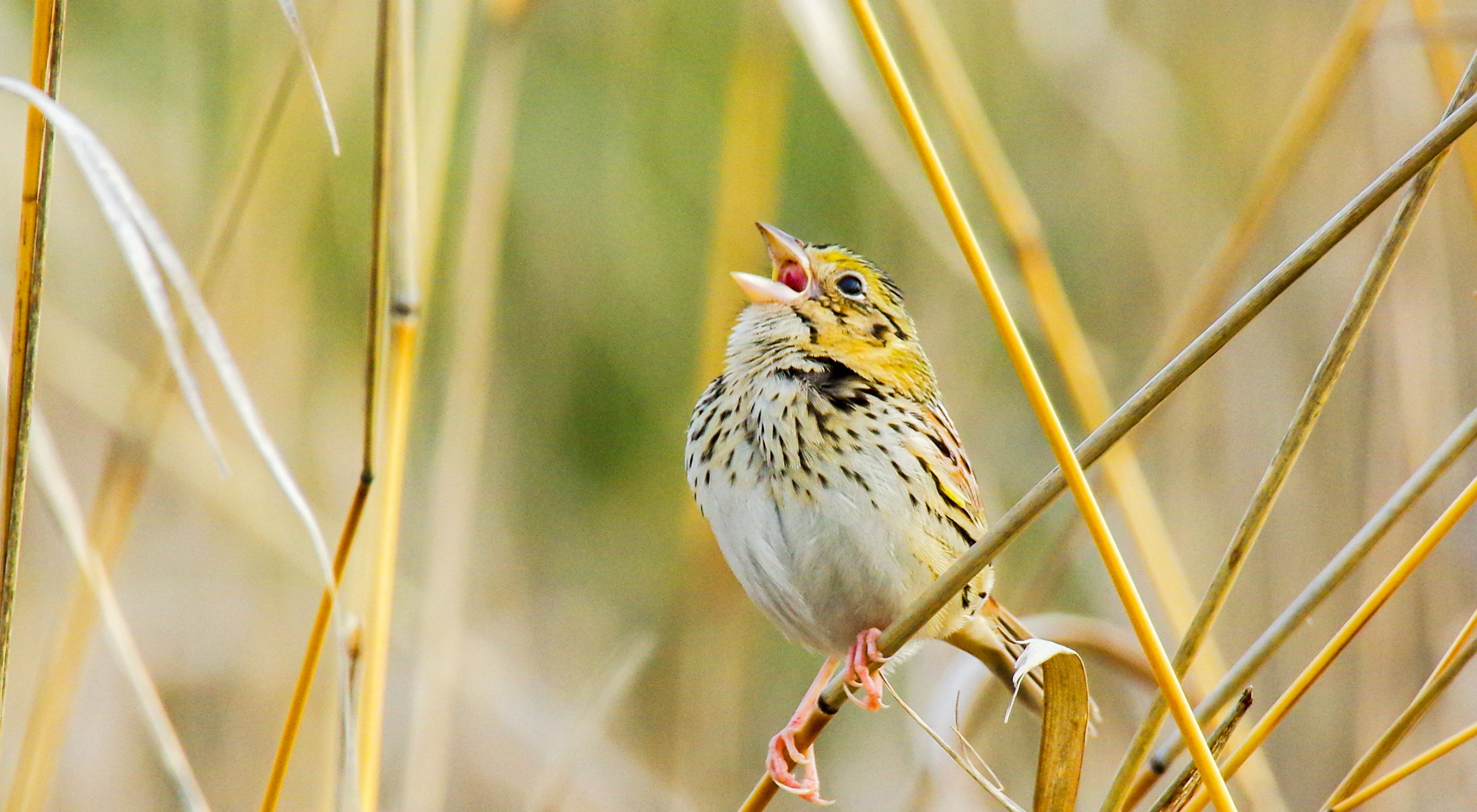Description
What makes this preserve unique?
Persimmon Gully Preserve is one of the best remaining longleaf pine savannas in southwest Louisiana. Among its most remarkable natural features is that the site harbors ancient longleaf pines, some over 300 years old, thus representing one of the last true old growth longleaf pine stands in the West Gulf Coastal Plain. It supports a complex of natural forested communities indigenous to the pine flatwoods in this part of Louisiana, the most notable of which is the only protected area for what’s termed “sodic longleaf pine flatwood savanna,” a very rare and unusual variant of longleaf pine habitat. Sodic refers to the fact that the soils are high in sodium, and as such, they have unusual physical and chemical properties that affect the structure and composition of the habitat.
The site is known to support populations of several rare species, including the rare grass silveus dropseed (Sporobolus silveanus), and the rare grassland birds Bachman’s sparrow (Aimophila aestivalis) and Henslow’s sparrow (Ammodramus henslowii). The nearby Houston River floodplain is considered among the most important stopover areas for trans-Gulf migrant birds.
Because there is no public access to the preserve and no maintained trails, the preserve is not open for public visitation.
Why TNC Selected this Site
TNC selected this site for its location within the flatwoods region of the West Gulf Coastal Plain, the presence of important and unique native communities, old growth longleaf pines, rare native species, and its potential for longleaf savanna restoration. It was also selected for its potential to serve as a platform to demonstrate restoration and management of longleaf pine flatwood savanna.
The longleaf pine flatwoods region of the West Gulf Coastal Plain is an extensive relatively flat area in southwest Louisiana and southeast Texas. The historically dominant habitat was a longleaf pine flatwood/savanna complex, in which longleaf pine flatwood forests on low ridges and pimple mounds (also called “mima mounds”) and wet savannas in inter-mound swales and other depressions formed a complex mosaic. Only relatively small, highly fragmented examples of this ecosystem remain in the region. Longleaf pine savannas are essentially wet grassland communities with scattered trees and shrubs, maintained by frequent fire. The typically dense, herbaceous groundcover is dominated by grasses, sedges, and a wide variety of forbs (“wildflowers”), varying in composition from place to place, primarily as a result of differences in soils, hydrologic factors, fire and other land management history.
Longleaf pine savannas are among the most diverse and most threatened habitats in North America, with only 1 to 5% of the original acreage estimated to remain. Although relatively large areas of West Gulf Coastal Plain upland longleaf pine forests have been protected mainly on federal lands, there are virtually no flatwood sites in public ownership or under conservation management, other than those currently in wetland mitigation banks. Because continued loss of longleaf pine habitat is greatest in the flatwoods region, conservation efforts are most needed in that area.
Longleaf pine flatwood savannas continue to decline at an alarming rate and are highly vulnerable if current trends continue. Threats include conversion to pastures and other agricultural endeavors, conversion to off-site loblolly or slash pine plantations, clearing for commercial and residential development, alteration of the natural fire regime, and drainage, among others. Longleaf pine savannas and other associated wetland communities are considered important for floodwater retention, groundwater recharge, maintenance of water quality, habitat for a myriad of wildlife species and several rare plant and animal species, and other ecological and human benefits.
What TNC Has Done/Is Doing
The conservation vision for this property is to restore the historic structure, composition, functional processes, and geographic extent of all associated natural communities, with an emphasis on the very rare sodic longleaf pine flatwood savanna. We are accomplishing this restoration through application of aggressive restoration practices, including restoration timbering and herbicide treatments to remove off-site trees and brush, use of frequent prescribed fire, along with plantings of longleaf pine where needed.
On a broader scale, our key conservation strategy calls for working with nearby landowners for protection of at least 10,000 acres in this landscape to ensure long-term viability of the savanna habitat and the many associated species it supports.
